Assam has many places to attract tourists from all over the world. The beautiful, lush-green sight of the state is in itself enough to make any person fall in love with the view. Every year, lakhs of tourists visit this place all around the year. Right from tea gardens to national parks to waterfalls, Assam has a lot to offer to anyone looking to have one of the best leisurely experiences in life. Here are 21 places in Assam that are a must-visit if you are here-
1. Panimur Waterfall:
Located in the Dima Hasao District of Assam, Panimur Waterfalls has gained much popularity after many tourists, both local and foreign, have enjoyed its panoramic view and a hearty picnic with friends and family. It is about 220 km from Guwahati via Nagaon and is located in a remote area about 100 meters from the main road. The water comes from the Kopili River and the rippling sound of the beautiful waterfall can be heard from afar. Panimur Waterfall can be the best weekend getaway if you’re looking to soak yourself in the clear waters or bask under the winter sun.
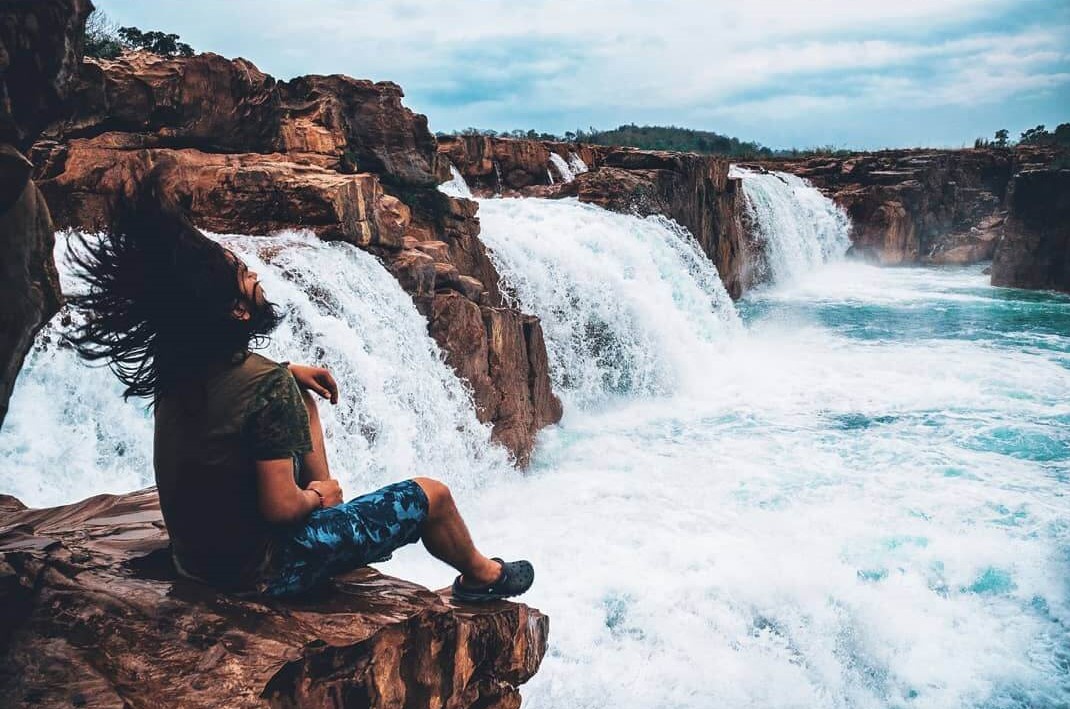
Picture Credits: Insta @maitreya_mrm
2. Pobitora Wildlife Sancuary:
Located just about 45kms from Guwahati, the capital city of Assam this wildlife sanctuary offers a both Jeep and elephant safari to witness wildlife. This wildlife sanctuary is home to Rhinos, Asiatic Buffaloes, Leopard, Wild Bears and a huge collection of birds including Migratory birds. Best time to visit this place is from November till April.
3. Haflong:
The only hill station in Assam, Haflong, has a lot in store for all tourists visiting it all around the year. It is the headquarters of the Dima Hasao district of Assam. Surrounded by beautiful greens and pleasant landscapes throughout, Haflong boasts to serve all nature lovers with some of the best views of Assam. Known as the White Ant Hillock, Haflong is also culturally very rich and gives a pleasant experience to all types of tourists.
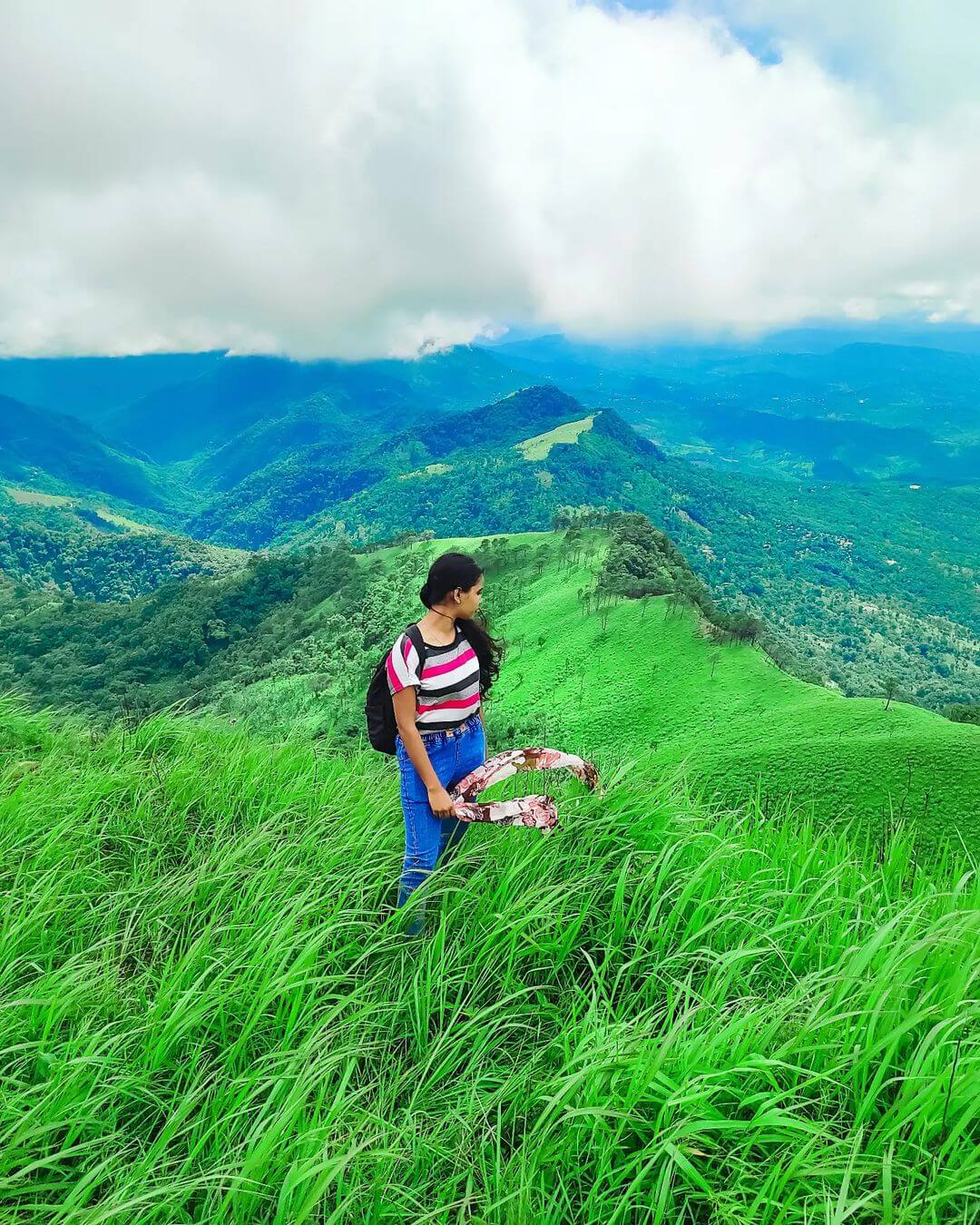
Picture Credits: Insta @purnashriii
4. Kakochang Waterfall:
Kakochang Waterfall is one destination you should not miss visiting while in Assam. It is just an hour’s drive from the Kaziranga National Park. Lately, Kakochang has come up as one of the most loved picnic destinations for people in the Northeast. Waterfalls are a delight as it is but Kakochang has its charm and you are sure to be mesmerized by it.
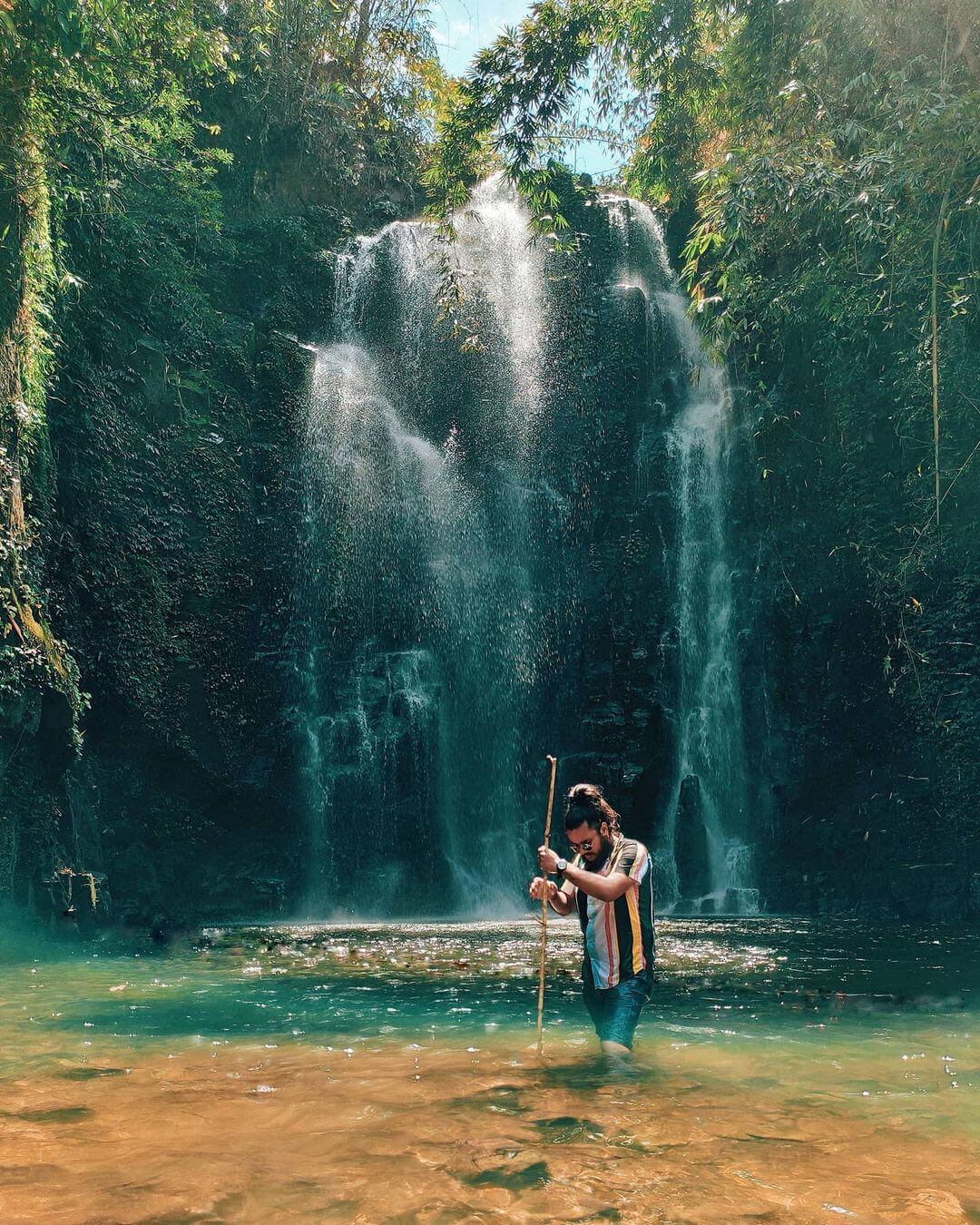
Picture Credits: Insta@ maitreya_mrm
5. Majuli:
The largest river island in the world, Majuli, is the cultural hub of Assam. The culture and the festivals of Majuli are filled with vibrant colors and are full of music and dance. It can be reached by ferries from the Jorhat town. Major tourist attractions in Majuli are its Satras like the Kamalabari Satra, Auniati Satra, and the Dakhinpat Satra. If you wish you have a wholesome experience of this beautiful, lush-green island in the mighty Brahmaputra, you have to visit Majuli during the Raas festival.
6. Chandubi Lake:
Chandubi Lake has gained much popularity among tourists over the years. It is located about 64 km from Guwahati. The most attractive feature of this place is the natural lagoon formed in the lake. Activities such as rowing and fishing are allowed in the lake and hence, people from all over Assam visit this place to enjoy a perfect leisurely hour.
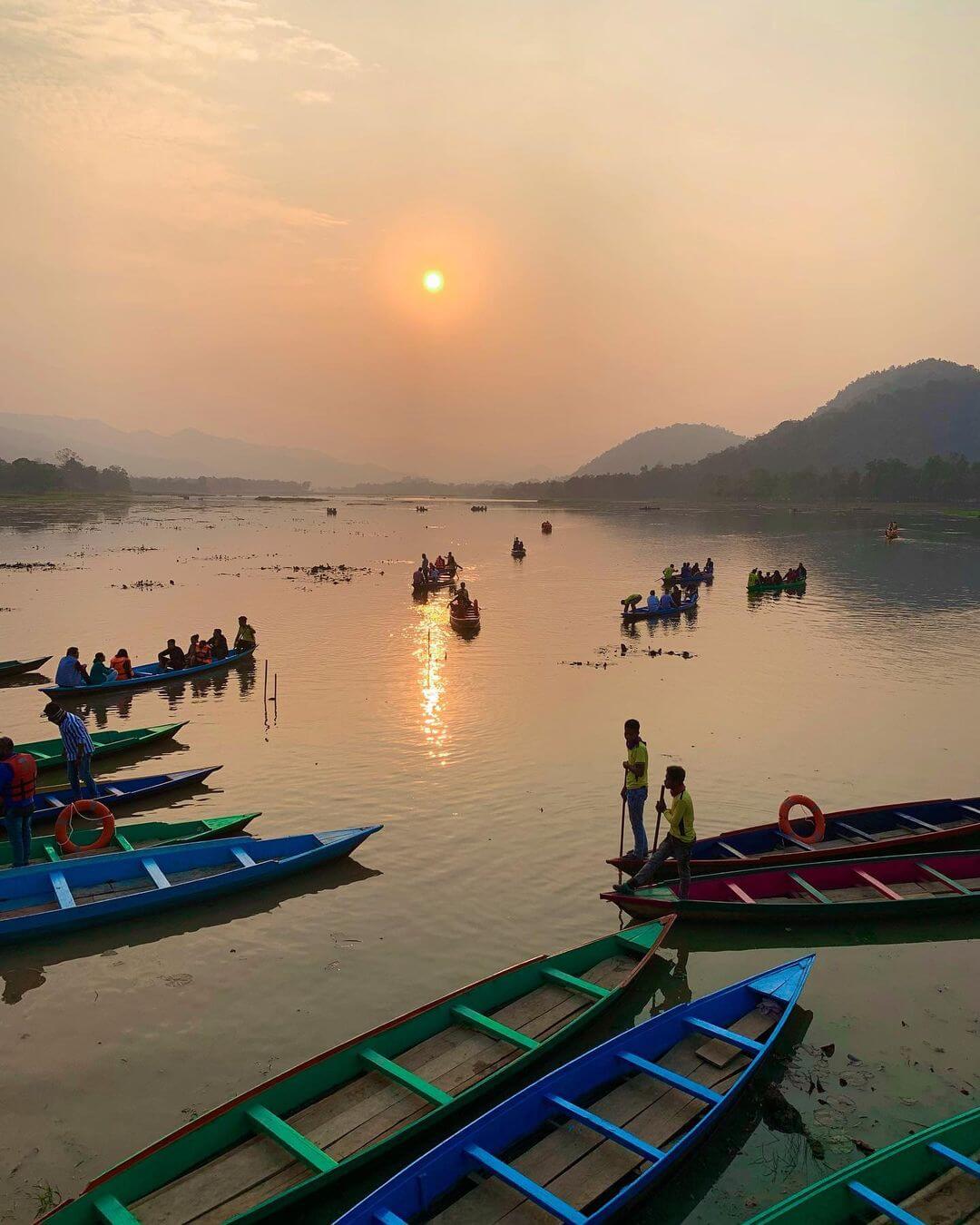
Picture credits: Insta @stunningsango
7. Kaziranga National Park:
The world-renowned Kaziranga National Park is a place you cannot miss visiting while in Assam. It is just a 3-4 hours’ drive from Guwahati city. Famously known for its one-horned rhino, Kaziranga is also home to many other beautiful animals and birds such as the Asiatic Water buffalos, the royal Bengal tiger, hog deer, and many more. The jeep safari in Kaziranga is a must for a very new visitor, and also not to forget the elephant safaris which a lot of tourists seem to enjoy. Apart from the safari rides, tourists also have a lot to explore in and around Kaziranga. Some places in Kaziranga are coming up as famous picnic spots as well and many people crowd these places during the picnic season.
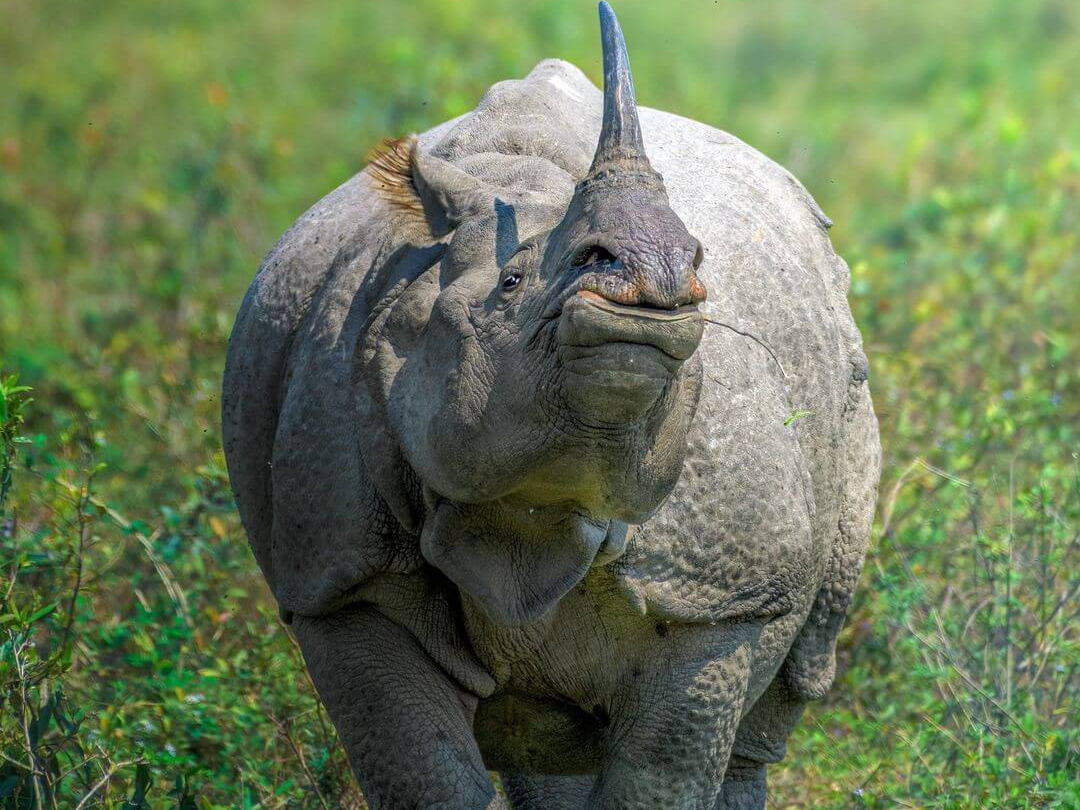
Picture credits: Insta @susavan_aditya
8. Nameri National Park:
A beautiful and quiet natural recluse, Nameri National park, is the perfect weekend getaway with friends and family. It is just a few hours' drive from the Tezpur town in Assam. Unlike other national parks, it doesn’t have jeep safaris but the beauty of this place can be witnessed by walking through the entire space. Apart from witnessing the beautiful flora and fauna, Nameri also gives tourists the experience of adventure sports such as river rafting. Camping experience in Nameri is also a must if you want to enjoy this place to the fullest.
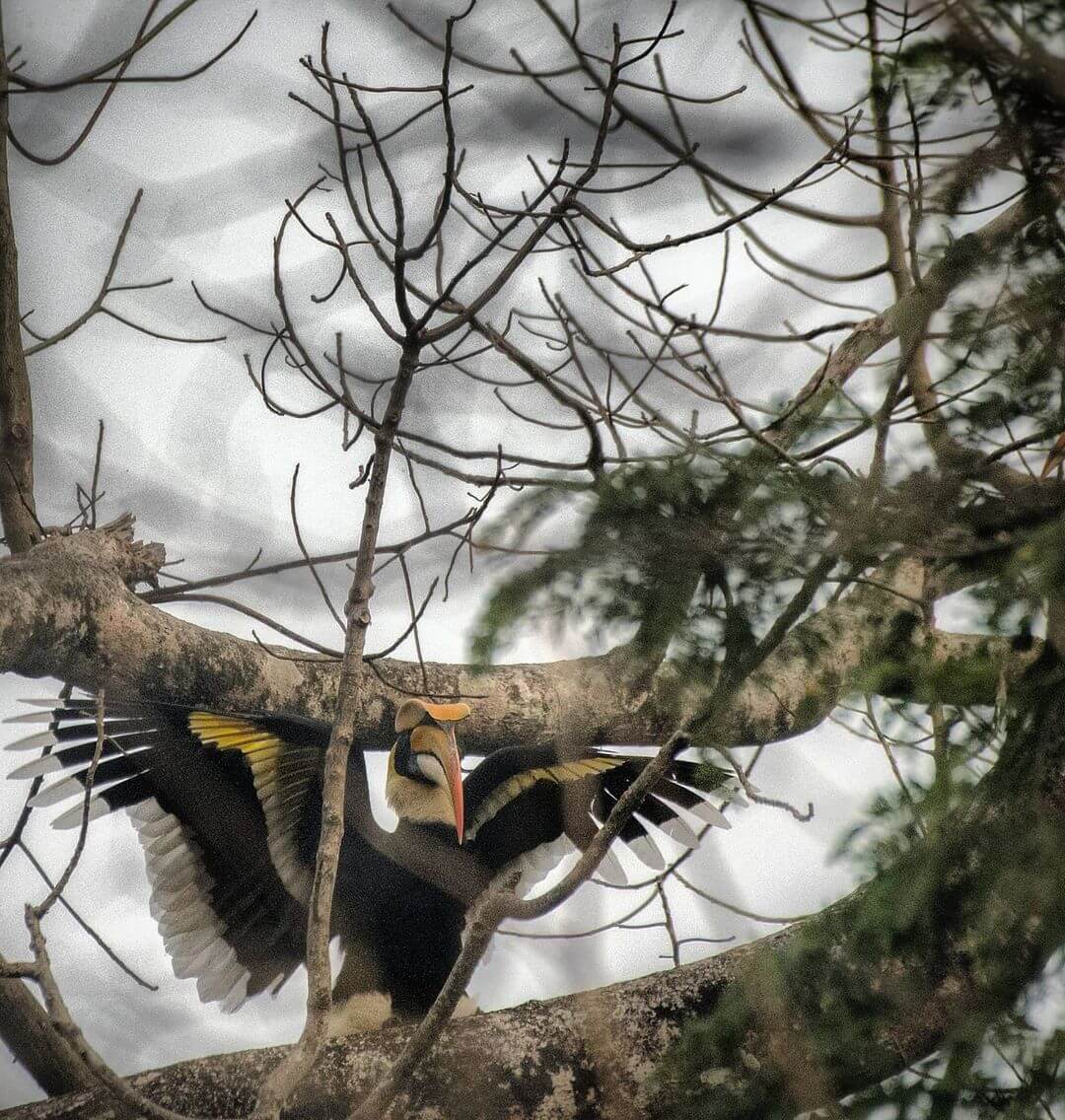
Picture credits: Insta @twistedshanti_wildlife
9. Kamakhya Temple:
Located in the heart of the Nilachal Hill in Guwahati, the Kamakhya Temple is a place of absolute devotion and peace. Thousands of tourists from all over the world gather at the shrine of Maa Kamakhya or the Goddess of Desire during the Ambubachi Mela. This annual fair is a tourist attraction where lakhs of people, ranging from Sadhus to homemakers, gather at Kamakhya Dham. Because of the belief in the yearly menstrual cycle of Maa Kamakhya, the main temple gate is closed for devotees but the entire place is open for all people coming in to express their devotion towards the deity. A visit to the Kamakhya temple during Ambubachi Mela is a must if you want to witness a sight never seen before.
10. Dibru Saikhowa National Park:
It is located in the Dibrugarh and Tinsukia districts of Assam. Dibru Saikhowa is a treat for nature lovers who want to experience the beauty of evergreen forests and a wide range of fauna. Animals like the Bengal tiger, sloth bear, Chinese pangolin, Hoolock gibbon, and a variety of others find shelter here. It is also home to a wide range of beautiful birds and tourists are sure to spot some eye-pleasing colorful creatures during their visit to the Dibru Saikhowa National Park.
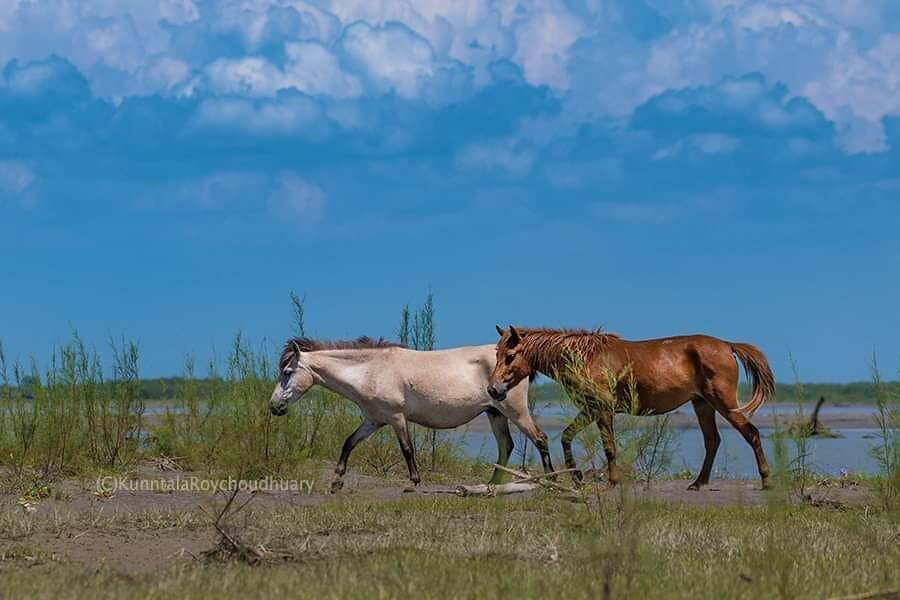
Picture credits: Insta @kunntalaroychoudhuary
11. Saralpara, Kokrajhar:
If you are looking for a perfect picnic spot this season, your search ends at Saralpara. With lush green flora and a rivulet running through the valley, this place is perfect for a weekend getaway with friends and family. It is the closest both from Kokrajhar and Bongaigaon. Located at the Indo-Bhutan border, Saralpara is about 65 km from the Kokrajhar town. It is very near to the headquarters of Sarpang Dzonkhag in Bhutan and hence, you get the feel of Bhutanese villages with all the temples and flags seen all around the valley. The Sarpang town in Bhutan was accessible to Indian tourists visiting Saralpara but that freedom was scrapped after the onset of Covid-19.
12. Manas National Park:
A UNESCO World Heritage site, the Manas National Park is home to a variety of flora and fauna. Every year thousands of tourists visit the place to have a glimpse of the wide range of wildlife found there. It is also a Project Tiger reserve, an elephant reserve, and a biosphere reserve located at the foothills of the eastern Himalayas.
Picture credits: Insta @tanumoy.6
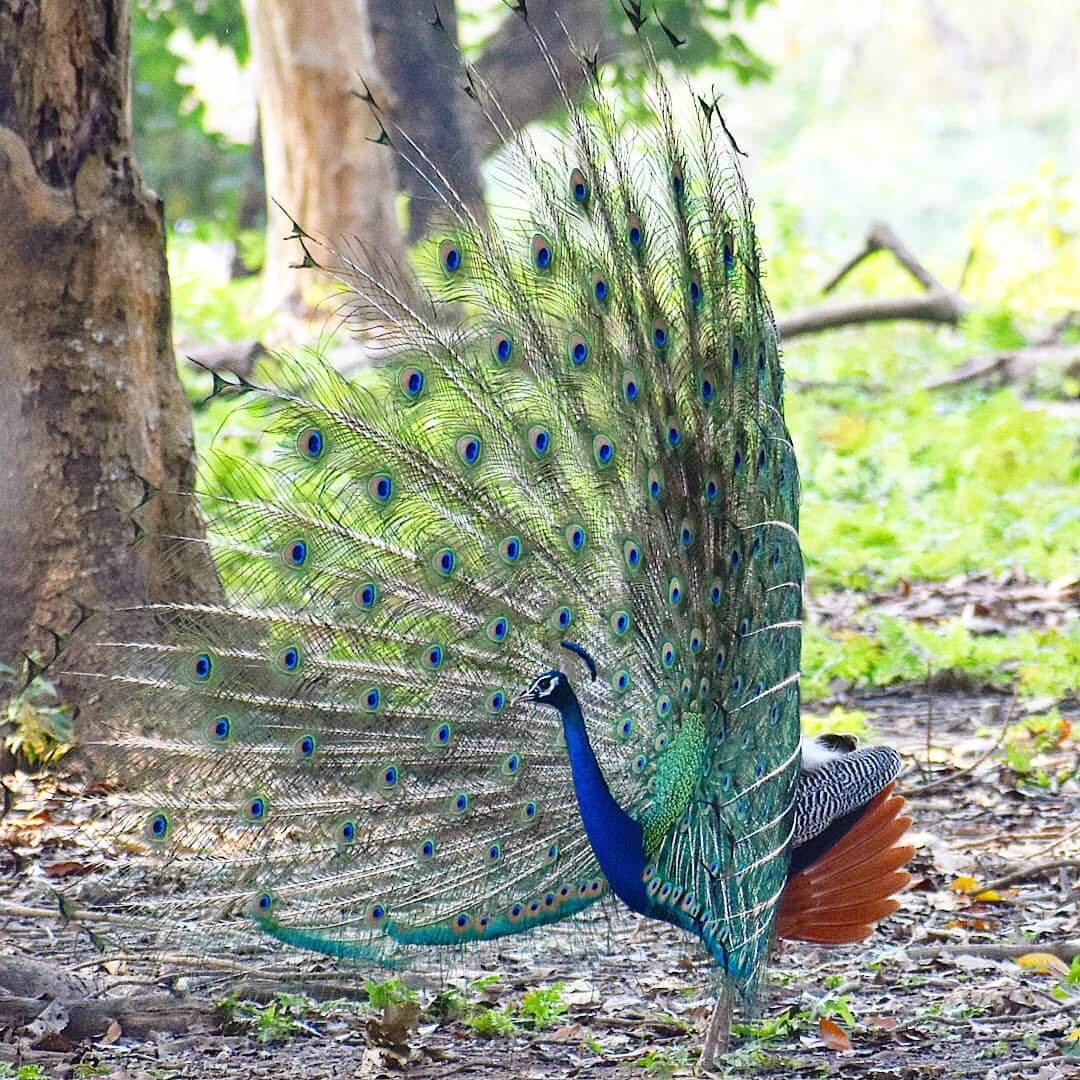
13. Gibbon Wildlife Sanctuary:
Hollongapar Gibbon Wildlife Sanctuary, located in Assam, India, is renowned for its population of the endangered western hoolock gibbon—the only ape species found in India. Spanning approximately 20 square kilometers, the sanctuary is a lush, evergreen forest rich in biodiversity. It hosts various wildlife including stump-tailed macaques, capped langurs, leopards, and over 200 bird species.
14. Umananda River Island:
Umananda River Island, located in the Brahmaputra River near Guwahati, Assam, is the world’s smallest inhabited river island. Known for its spiritual and natural charm, it houses the ancient Umananda Temple dedicated to Lord Shiva, attracting devotees and tourists alike. The island is rich in biodiversity and offers scenic views of the river and surrounding hills. Accessible by ferries and country boats, it is especially lively during festivals like Maha Shivaratri. The peaceful atmosphere, combined with historical and cultural significance, makes Umananda a unique destination. Its blend of spirituality and nature offers a refreshing escape from city life.
15. Sivsagar - Historical place of Assam:
Sivasagar, located in Assam, is renowned for its rich historical heritage and monuments from the Ahom dynasty. The town served as the capital of the Ahom kingdom, which ruled Assam for over six centuries. Prominent monuments include the Rang Ghar, Asia’s oldest surviving amphitheater, and the Talatal Ghar, a grand multi-storied palace with underground tunnels. The Shiva Dol, Vishnu Dol, and Devi Dol are majestic temples built around the picturesque Sivasagar tank. These monuments reflect a unique blend of Assamese and Mughal architecture. Sivasagar's historical landmarks stand as proud reminders of Assam's glorious past and the cultural brilliance of the Ahoms.
16. Suwalkuchi - Silk Village of Assam:
Sualkuchi, often called the “Silk Village of Assam,” is a prominent hub of handloom weaving, located near Guwahati. Known for producing Assam’s famous Muga, Eri, and Pat silks, the town is home to thousands of traditional looms. Almost every household here is engaged in silk weaving, making it a living museum of Assam’s textile heritage. Tourists visit to witness artisans at work, learn about silk-making processes, and purchase handwoven garments like Mekhela Chador. Sualkuchi’s vibrant weaving culture and its role in preserving Assam’s traditional craftsmanship make it a significant destination for cultural and textile tourism in Northeast India.
17. Barekuri Village
Barekuri, a small village in Assam’s Tinsukia district, is known for its extraordinary harmony between humans and the endangered western hoolock gibbon. Located about 19 km from Tinsukia town, villagers here treat the gibbons as part of their community, often providing them with food and protecting their habitats. Residents have even modified electric lines to prevent harm to the animals. Conservation groups have planted native fruit trees and created a green corridor linking the village to nearby forests. Barekuri’s efforts have earned national attention, highlighting it as a model of peaceful coexistence and grassroots wildlife conservation.
18. Tumjang Peak
Tumjang Peak, located in the West Karbi Anglong district of Assam, is one of the highest peaks in the state. Surrounded by lush greenery and dense forests, it offers breathtaking views of the surrounding hills and valleys. The peak is a popular destination for trekkers and nature lovers seeking adventure and tranquility. Rich in biodiversity, the area is home to various plant and animal species. Tumjang is also culturally significant to the local Karbi community, who consider it a sacred place. Its serene beauty and ecological importance make it a hidden gem in Assam’s landscape, perfect for eco-tourism.
19. Maguri Beel Tinsukia
Maguri Beel, near Tinsukia in Assam, is a significant wetland known for its rich biodiversity. Covering nearly 10 square kilometers, this lake attracts numerous migratory and resident birds, making it a popular spot for birdwatchers. Species like the ferruginous duck and falcated duck find refuge here, along with various fish and amphibians that thrive in its waters. The beel plays an important role in supporting local ecosystems and livelihoods. Visitors can explore the area by boat, enjoying peaceful views and the chance to spot rare wildlife. Maguri Beel is a vital part of Assam’s natural heritage and eco-tourism.
20. Umrangso Lake
21. Kakoijana Reserve Forest
Kakoijana Reserve Forest, located in Assam’s Bongaigaon district, covers about 17 square kilometers and is famous for its population of endangered golden langurs. Once heavily deforested, the forest has seen remarkable recovery thanks to efforts by local communities and conservation groups. The canopy cover has increased significantly, supporting not only langurs but also other wildlife like hornbills, pangolins, and various reptiles. While there have been discussions about declaring it a wildlife sanctuary, many villagers prefer to keep it as a community-managed forest. Kakoijana stands as a strong example of successful grassroots conservation and biodiversity protection.



